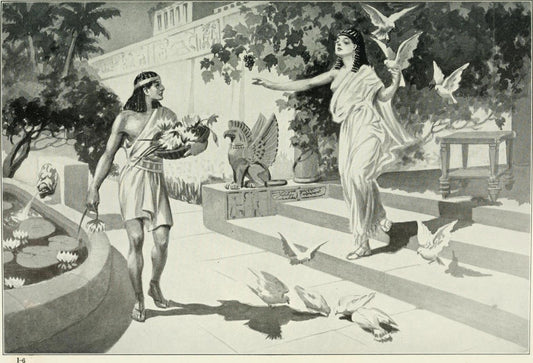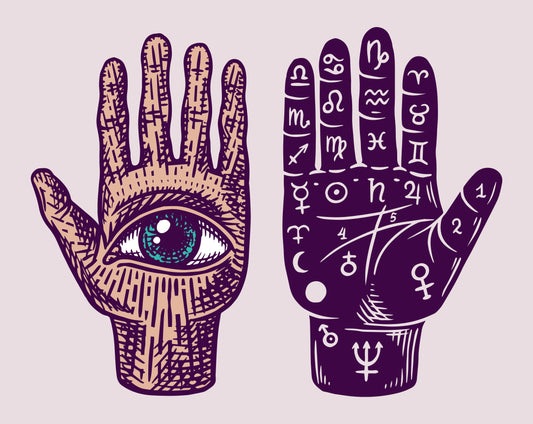In the spirit of Valentine's Day, let's talk love. There are many types of love, many forms it takes now and from the start of humanity it has been a thing we dedicate music and dance and art and song and food and stories to. Love has been the cause of greatness, and great evils such as war and death. Love is an elusive force of nature.
We can catch a glimpse of ancient history by studying the myths and tales they lived their lives by. Wherever there have been myths and gods, there has been a God or Goddess of love. Ishtar was the first.

Ishtar
Ishtar is important because she was the first known goddess of love, worshipped back in 2300 B.C.E. in Mesopotamia. Though she is not as famous as other love goddesses now, she was worshipped for a long time by a large range of people in modern day Iraq, Syria, Iran, Turkey, and Kuwait. These places housed the Babylonian, Assyrian, and Akkadian Empires, all of which worshipped Ishtar, Queen of the Universe.
She existed in three versions, the goddess of love and sexuality, the goddess of fertility, and she represented Venus, which is the planet of love and attraction. Ishtar was also a goddess of war, and scholars today emphasize her paradoxical nature, as love and war are quite opposite.
We do not have as much evidence about her and the myths surrounding her as we do other goddesses, but we do know she was seen as a powerful deity capable of creating chaos, passion and war.

The Sacred Marriage and Dumuzi
The worship of Ishtar was practiced during marriage, often by royals to bless their ruling. In a "Sacred Marriage," kings would profess their devotion and thus auto associate themselves with Dumuzi, Ishtar's mythical lover.
Her best known tale, "Ishtar's Descent to the Netherworld," tells the story of Ishtar finding and choosing Dumuzi, a young shephard who she then married in a Sacred Marriage. The happy ending unfortunately ends there. Ishtar visits the underworld to visit her sister and increase her strength. The story describes her traveling through the seven gates of the underworld, and at each one she takes an article of clothing off. When she gets to her sister, she is finally naked and killed immediately which traps her in the underworld. The god of wisdom, Ea, devises a plan to replace Ishtar with another person to take her place, thus allowing Ishtar to escape.

A group of demons heads to earth to find a replacement, and they come back with Dumuzi, Ishtar's lover and husband. He is then trapped in the underworld for all of eternity.
Worshipping Ishtar
Ishtar later became the protector of prostitutes, and part of her cult worship was temple prostitution, where women would engage in sexual acts with strangers in the temple.
If you want to worship Ishtar nowadays, you can honor Mesopotamian Polytheism by practicing an exchange. You offer a gift, and perhaps Ishtar will offer one back. You can welcome Ishtar into your space by making a shrine with a representation of her, an incense, and a light, either a lamp or a candle. Then you prepare a meal for her (most commonly is a liquid, a grain, a meat, and a fruit. You then light the incense and the smoke is said to bring our words up to heaven where the gods may interpret them.
Then you light the lamp or candle and greet Ishtar into your space. Offer her the meal and present any other gifts you want, vocalizing they are for her. After some time you clean the meal and thank Ishtar for coming. Invite her to reach out to you any time, and maybe she will grant you the gift of love, whether is is sex or fertility, eros or agape, love or lust.
Happy worshipping!




